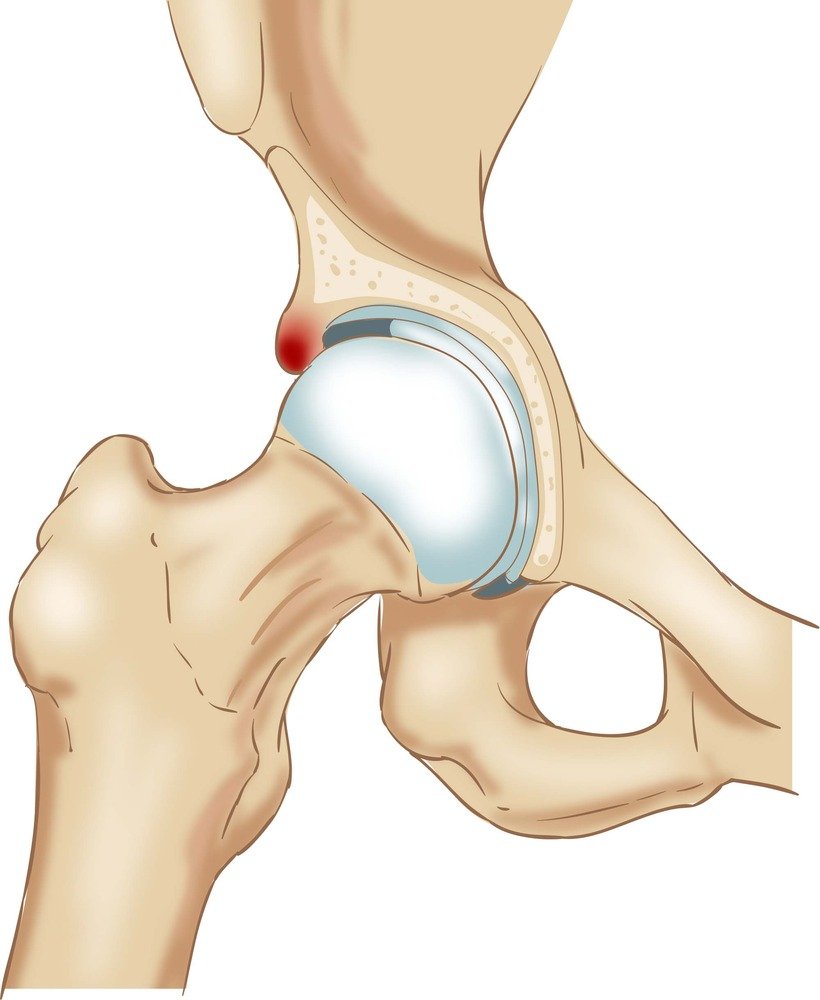The All New Faber Test
Reading time: 3 minutes
Stop wasting time with useless orthopedic tests. Instead, save time using ChiroUp to use only the most sensitive and specific tests per diagnosis. Your clinical success and resultant patient satisfaction are directly related to how well you can interpret the meaning of orthopedic tests or clusters of tests. Today, let's exploit the FABER test to help you use it for better diagnostic accuracy.
Symptom response and symptom location during the FABER test provide vital clues as to the origin of tissue pathology. There are 3 primary symptom responses during this test.
#1: Increased Groin Pain
#2: Decreased Groin Pain
#3: Increased Posterior Buttock/Sacral Pain
Watch this video to see how easy it is to identify three different diagnoses with one simple test.
What is FABER Test?
The supine patient's hip is flexed, abducted, and externally rotated into a figure four position. The clinician will stabilize the opposite ASIS while applying a pulsating downward force to the knee. FABER test is a generalized screening test routinely positive (88%) for most hip pathology.
Symptom #1: Increased Groin Pain
A. Differential Diagnosis: Labral Lesion
FABER Test has high sensitivity, specificity, and positive predictive value for identifying labral pathology when groin pain increases during the procedure. Sudden or sharp pain in the groin indicates a positive result.
Digging Deeper: Patient age and activity will provide clues into the differential diagnosis: younger individuals participating in sports involving repetitive hip flexion and rotation would be suspect to labral pathology. Check out the condition report for Labral Lesions to give your patients the best exercises for this complaint.
B. Differential Diagnosis: Osteoarthritis
A definitive diagnosis of intra-articular pain requires further evaluation, patient demographics, imaging, and physical activity questioning. Furthermore, patients with an increased BMI and a sedentary lifestyle are also at risk for degenerative intra-articular hip conditions. (1)
Digging Deeper: Characteristically, patients with OA of the hip have reduced external rotation, while those with a labral lesion will have an increased/normal range of motion.
Symptom #2: Decreased Groin Pain
A decrease in inguinal pain indicates the possibility of femoral acetabular impingement (FAI) with a CAM deformity. Young and physically active patients with groin and unilateral hip pain may suffer from FAI due to a CAM deformity. Presenting complaints typically include insidious onset, anterior hip or groin pain. The pain is generally dull and achy. While the FABER test is a generalized screening test that is routinely positive for most causes of hip pathology, it is often negative in cases of bony impingement of the hip. (2)
Digging Deeper: If groin pain decreases with FABER Test, consider following up with FADIR Test to confirm impingement. FADIR will reproduce sharp pain in the groin.
Symptom #3: Increased Posterior Buttock/Sacral Pain
The FABER Test also has a high specificity and positive predictive value for the diagnosis of sacroiliac dysfunction. Salman et al. (2022) found that the FABER test had a sensitivity of 75% in association with sacroiliitis.
Digging Deeper: To confirm the diagnosis of sacroliliac pain, use in combination with the Thigh Thrust Test. the improved overall diagnostic ability is second to none, according to a recent study by Nejati et al. (2020)
Orthopedic testing is never 1 to 1 for a specific diagnosis. However, using sensitive/specific tests combined with subjective symptoms will lead you and your patient down a path of success. Consider using the condition reference sections within ChiroUp to enhance your diagnostic skill for every condition. Then prescribe the most appropriate condition report to improve your patient's understanding of their condition.
ChiroUp provides you with smart practice resources to diagnose and treat 100+ different conditions. Want to see why thousands of chiropractors worldwide are choosing ChiroUp to take their practice to the next level?
Supercharge your practice.
-
Kontio T, Heliövaara M, Viikari-Juntura E, Solovieva S. To what extent is severe osteoarthritis preventable? Occupational and non-occupational risk factors for knee and hip osteoarthritis. Rheumatology. 2020 Jun 13.
Tijssen M, van Cingel R, Willemsen L, de Visser E. Diagnostics of femoroacetabular impingement and labral pathology of the hip: a systematic review of the accuracy and validity of physical tests. Arthroscopy: The Journal of Arthroscopic & Related Surgery. 2012 Jun 1;28(6):860-71.
Salman S, Jaafar F. The Diagnostic Value of Clinical Sacroiliac Joint Pain Provocation Tests for Detection of Sacroiliitis Identified by MRI in Sampled Iraqi Patients with Inflammatory Back Pain. Mediterranean Journal of Rheumatology. 2022 Mar;33(1):48.
Nejati P, Sartaj E, Imani F, Moeineddin R, Nejati L, Safavi M. Accuracy of the Diagnostic Tests of Sacroiliac Joint Dysfunction. Journal of Chiropractic Medicine. 2020 Mar 1;19(1):28-37.




